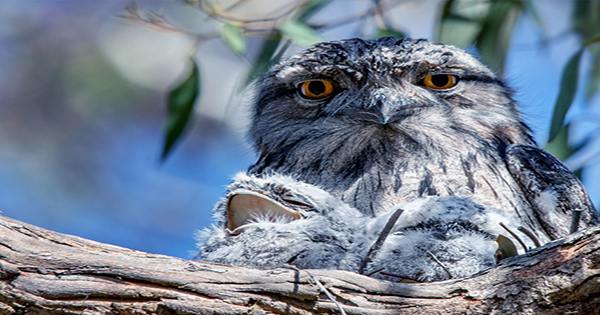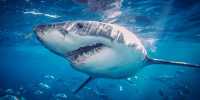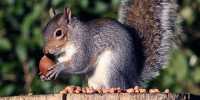It has become a popular pursuit in the social media age to be “for the village” and is the perfect fit for aesthetically pleasing shots with their incredible plumage and strangely behaved birds. A recent study, published in i-Perception Journal, decided to include Instagram archives to work on what makes a great bird picture based on the busyness of the images and the desired data.
The search revealed a complete difference in performance between bird families, and the world’s most unfortunate looking bird (in a 2004 study) was named one of the world’s most Instagrammable birds. Justice prevails for frogmouth. To reach their conclusions, the study authors looked at more than 20,000 photos of birds (now with the research I was able to climb) to collect images while collecting information of their choice.
They set up a system to standardize the value of numbers in such a way that it takes time to get likes without giving the value of the pages the most liked posts. This enabled the bird images to better understand and quantify the ‘image aesthetic appeal’ and then compared it to the caption of the clues for more qualitative information to understand why the images in the images that became so popular became so popular. They found that the color of the avian subject seemed to be the main reason for influencing users to exercise their right to make their own choices and to align with human color preferences outside of bird photography.
There was also a clear difference in the suitability of some bird families, with families and funny plummeted pigeons elevating the hearts of Instagram users. “The surprising winner in this ranking is the families, which seems to be the subject of poetic judgment, because this nocturnal bird with a very transparent face was once nominated as” the most unfortunate looking bird in the world “(Van Dyke, 2004), the author wrote in the paper.”The other birds higher in the rankings are the colorful pigeons with ornamental plumage, its crowned head with feathers Emerald turaco and hoopoe also wearing a distinctive feather crown and show the ideal higher contrast feathers.”















